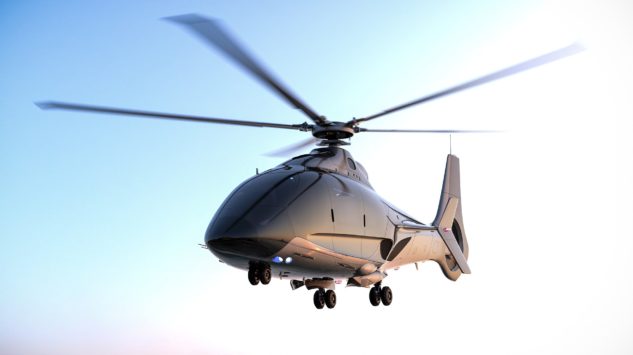Issue Briefs

Future Vertical Lift: Army Aviation’s Master Plan To Defeat China and Russia Without Breaking The Budget (From Forbes)
Loren B. Thompson
June 11th, 2021
The U.S. Army is leading a rotorcraft development program called Future Vertical Lift that aims to transform the way it conducts tactical air operations. Its immediate goal is to replace Cold War scout and assault helicopters with aircraft that are twice as fast and can fly twice as far. And that’s just the beginning–they will also deliver 360-degree situational awareness, seamless networking and diverse effects in a sustainable and affordable package. If this sounds excessively ambitious, it’s important to keep in mind that all the rotorcraft in the active fleet today were developed before the digital revolution. A host of new technologies are available not only for equipping next-generation rotorcraft, but also for manufacturing them. This is a revolution in the making, and if the Army gets it right, the rest of the joint force is likely to buy in too. I have written a commentary for Forbes here.
The views and opinions expressed in this issue brief are those of the author.
| Loren B. Thompson is a Senior Adviser at GPI, Chief Operating Officer of the non-profit Lexington Institute and Chief Executive Officer of Source Associates, a for-profit consultancy. Prior to holding his present positions, he was Deputy Director of the Security Studies Program at Georgetown University and taught graduate-level courses in strategy, technology and media affairs at Georgetown. He has also taught at Harvard University’s Kennedy School of Government. Mr. Thompson holds doctoral and masters degrees in government from Georgetown University and a bachelor of science degree in political science from Northeastern University. |